Foods that start with W are numerous categories, including dishes, fruits, vegetables, meats and seafoods, grains and cereals, condiments and sauces, cheese, and dairy products.
This assortment highlights the vast culinary variety that begins with the letter ‘W’, featuring flavors and origins from across the globe.
From well-known fruits like watermelon to specialty cheeses like Wensleydale, the list offers a glimpse into the rich tapestry of global cuisine.
In addition to general information, I also provide detailed insights into specific dishes, fruits, and vegetables that begin with the letter W.
Here is a list of the most popular foods starting with the letter W, arranged in order of their popularity.
61 Foods that Start with W with Filters
Take a look at these 61 popular foods beginning with W, listed from most to least known. There’s a handy filter, so you can easily separate them by type, whether they’re dishes, meats, seafood, fruits, vegetables, dairy products, condiments, or grains, helping you find what you need faster.
Waffles
- Dishes
Waffles are a delightful treat made from a batter that is cooked between two plates that imprint a distinctive grid pattern. They can be enjoyed fresh or reheated after freezing.
Originating from parts of Western Europe, particularly Belgium, waffles come in various shapes and sizes and can be topped with a range of sweet toppings like syrup, fruits, and whipped cream.
White Rice
- Grains
White rice is the most common form of rice, where the grain has been milled to remove the husk, bran, and germ.
This process gives white rice its characteristic light color and soft texture. It’s a versatile staple food used worldwide, serving as a base for a wide array of dishes.
Wiener
- Meat
Wiener is a type of sausage that is most commonly used in a hot dog. It is traditionally made primarily from pork or beef, then wrapped in a layer of sheep intestine and smoked at low temperature.
It is named after Vienna, Austria’s capital city. Wiener also goes by other names, such as frankfurter or hot dog in America.
Wieners can be cooked easily at home with just a grill or an oven. You can pair wieners with different ingredients, such as cheese, tomatoes, potatoes, etc., for a fun twist in flavor.
Wiener Schnitzel
- Dishes
Wiener Schnitzel is a mouthwatering Viennese delicacy among Austria’s national dishes. This particular schnitzel distinguishes itself from other varieties by its main ingredient – thin slices of veal cutlet, breaded and fried to a golden crisp.
It owes some inspiration to Italy’s costoletta alla Milanese. Locals often enjoy this delicacy paired with chilled beer. However, don’t mistake this for the fast-food chain Wienerschnitzel, which specializes in hot dogs.
Wafer
- Dishes
Wafer is a light, thin, and crisp biscuit, often sweetened. It’s commonly used in desserts, particularly as a decoration for ice cream or as part of layered cookies with cream filling.
Wafers can have various patterns, including a waffle-like texture, and are sometimes coated with chocolate or other flavors. They are also an essential component in some chocolate bars and confections.
Wurst Sausage
- Meat
Wurst refers to a variety of German sausages made from meats like pork, beef, or veal. The term “Wurst” is German for sausage, and there are numerous varieties across different regions of Germany.
Among the myriad varieties, bratwurst, leberwurst, knackwurst, and weisswurst are some of the most popular.
Each type has its unique blend of spices and preparation methods, ranging from grilled to smoked, and can be served in various ways, including as a snack or part of a main meal.
Wontons
- Dishes
Wontons are a type of Chinese dumpling with a history dating back to the Han dynasty.
They consist of a thin square or trapezoid dough wrapper, typically filled with a mixture of ingredients like ground pork, chicken, shrimp, and seasonings.
Wontons are versatile in their preparation, often boiled and served in soup or deep-fried.
They are a staple in various regional styles of Chinese cuisine and have also gained popularity in other East and Southeast Asian countries.
Welsh Rarebit
- Dishes
Welsh rarebit is a savory dish from the United Kingdom, traditionally made by pouring a hot cheese-based sauce over slices of toasted bread.
Despite its name, it doesn’t contain any rabbit meat. The sauce often includes cheese, ale, mustard, and sometimes other ingredients like Worcestershire sauce.
It can be enjoyed as either a simple snack or a more substantial meal with various toppings.
Watermelon
- Fruits
Watermelon is a large, juicy fruit known for its hard green rind and sweet, red flesh filled with black seeds, although seedless varieties are also common.
Composed mostly of water, it’s refreshing and hydrating, particularly in hot weather. Watermelons are often eaten fresh in slices, but they can also be juiced or added to salads.
Wheat
- Grains
Wheat is a type of grass cultivated for its seed, which is also known as a worldwide staple food.
You may recognize this grain as the main ingredient in foods such as bread, biscuits, pasta, noodles, pizza, doughnuts, pies, etc.
If you have gluten intolerance, be sure to stay away from wheat-based products.
From the hard outer layer of the wheat kernel, wheat bran is a nutritious food. Its sweet, nutty flavor effortlessly enhances the taste and texture of dishes, especially bread, muffins, and other baked goods.
Wheat Flour
- Grains
Wheat flour is the powder born from ground wheat, an essential ingredient for your bread. However, not all flours are created equal, as “soft” wheat flour has low gluten content, while the “hard” variety is gluten-rich.
The magic of wheat flour lies in its gluten – the higher it is, the more elastic the dough. This attribute makes it the preferred choice in baking, especially in making yeast bread like brioche, flatbreads like pita, and that iconic sourdough loaf.
Walnut
- Nuts
Walnut is the edible seed of trees in the Juglans genus. Walnuts have a hard, wrinkled outer shell that encases the nut inside, which is often consumed raw, roasted, or used as an ingredient in cooking and baking.
They are known for their rich, slightly bitter flavor and are a source of nutrients and antioxidants.
Whipped Cream
- Dairy
Whipped cream, or as the French say, “crème Chantilly,” is a delight that takes desserts from good to amazing. Start with heavy or high-fat cream, you need to whisk it up until it’s light, fluffy, and holds its shape, then sweeten it with sugar.
Some folks prefer adding a splash of vanilla for a flavor kick. This creamy wonder, loaded with a butterfat content of about 30% to 36%, is perfect for topping over fruits, desserts, and even coffee, reminiscent of the Viennese coffee house tradition.
Plus, you can use a pastry bag to pipe the whipped cream over your dessert.
Worcestershire Sauce
- Condiments
Worcestershire sauce is a fermented liquid condiment with a complex flavor profile, combining both sweet and savory elements. It was first created in the city of Worcester in England during the 19th century.
The sauce is made from a blend of ingredients like malt vinegar, anchovies, molasses, tamarind, garlic, and various spices.
It’s commonly used to add depth and umami to dishes like stews, marinades, and cocktails, such as the Bloody Mary.
White Vinegar
- Condiments
White vinegar, also known as distilled, virgin, or spirit vinegar, is a clear liquid with a mix of 4-7% acetic acid with water.
It’s incredibly versatile, being able to mix into salad dressings, vinaigrettes, marinades, and even sauces.
White vinegar is often used in pickling liquids or lending a tangy twist to sweet and sour soups.
Wasabi
- Condiments
Wasabi, often referred to as Japanese horseradish, is a plant native to Japan and the Russian Far East.
The part most commonly used is the rhizome, which is grated into a green paste and known for its sharp, pungent flavor that stimulates the nasal passages more than the tongue.
Wasabi is most famously used as a condiment for sushi and sashimi. Wasabi’s taste is somewhat akin to hot mustard or horseradish, rather than chili peppers, and it has a unique, fiery zing that dissipates quickly.
Wild Rice
- Grains
Wild rice is not a type of rice but a grain harvested from certain aquatic grasses native to North America and Asia.
Wild rice grains are longer than typical rice and have a distinctive dark color. They are known for their nutty flavor and chewy texture.
In addition to typical rice preparation methods, you can also try it with salad or make a pilaf with other aromatic vegetables.
If you want something more flavorful, pair it with some cream, cheese, and chicken to make a delightful casserole or a bowl of soup.
Waffle Fries
- Dishes
Waffle fries are a variation of French fries, notable for their unique shape. They are made by slicing potatoes in a crisscross pattern, resembling a waffle’s surface.
This method increases their surface area, leading to a crispier texture. Typically deep-fried until golden brown, they can be served with various dips or seasonings.
Walking Taco
- Dishes
Walking taco, dating back to the 1950s, is a bag of crushed tortilla chips, like Fritos or Doritos, amped up with scrumptious taco meats, bell peppers, ripe tomatoes, tangy salsa, and creamy guacamole.
Its name is inspired by its convenience allowing you to easily munch on it while walking around.
Although walking taco is like Frito pie, the latter dish is usually served on a plate. Furthermore, this nifty, edible convenience is a great addition to any lively party.
Wisconsin Cheese
- Dairy
Wisconsin cheese refers to a variety of cheeses produced in the state of Wisconsin, USA.
Wisconsin is renowned for its rich history and tradition in cheese-making, dating back to the 19th century with the arrival of European immigrants.
The state’s cheese production has grown significantly over the years, making it a leading cheese producer in the United States. Wisconsin cheese is known for its diversity, with over 600 different types of cheese being produced.
Some of the standout options include the semi-soft Wisconsin muenster with its distinctive orange rind, the salty-sweet Colby reminiscent of cheddar, and the tangy Marbled Blue-Jack.
Wensleydale Cheese
- Dairy
Wensleydale Cheese is a traditional English cheese that originated in the Wensleydale region of North Yorkshire.
It was first created by French Cistercian monks who settled in the area and began making cheese from sheep’s milk. Over time, the recipe evolved to use cow’s milk predominantly.
Wensleydale is known for its supple, crumbly texture and mild flavor, which pairs well with sweeter accompaniments like fruit and honey.
The cheese experienced a resurgence in popularity in the 1990s, partly due to its association with the Wallace and Gromit animated series.
Walnut Cake
- Dishes
Walnut cake is a type of sponge cake that incorporates walnuts, either within the batter or as a decoration on top.
The cake often features a rich, nutty flavor and is sometimes combined with coffee, making it a popular choice in the United Kingdom.
It can be layered with buttercream or other frostings and is a delightful treat for those who enjoy the taste of walnuts.
Wagon Wheels Biscuits
- Dishes
Wagon Wheels biscuits, originally called “Weston Wagon Wheels,” are a sweet treat invented by William Peschardt and Garry Weston.
Introduced in 1948, their popularity has spanned across the United Kingdom, Ireland, and several Commonwealth countries.
Each biscuit takes you on a delightful journey of two sandwiched biscuits with a gooey marshmallow and jam filling, all enveloped in a chocolate-flavored coating.
The wheel-like shape of these biscuits is not just fun to look at but also the inspiration behind their catchy name.
Whoopie Pies
- Dishes
Whoopie pies are sweet treats that resemble a sandwich but are made with two soft, cake-like cookies and a creamy filling in between.
Sandwiched between these round cookies is a mouthwatering filling, usually vanilla buttercream or marshmallow cream.
Known by several names such as black moon, gob, black-and-white, bob, or “BFO” (Big Fat Oreo), these American baked goodies are an absolute joy to indulge in.
The cookies are usually chocolate-flavored, but other variations exist. They are a beloved snack in parts of the United States, particularly in New England and Pennsylvania.
Whey
- Dairy
Whey, pronounced as way, provides a yellowish, cloudy liquid after curdling and straining milk for cheese. With a flavor ranging from sweet to sour, it offers many benefits.
Typically, this low-fat, protein-rich liquid is the secret behind those muscle-building whey proteins you see in fitness stores.
It also appears in many dishes such as soups, stews, oatmeal, smoothies, and even as a milk substitute in baking.
Winter Squash
- Fruits
- Vegetables
Winter squash encompasses a variety of squash species that are harvested in their mature stage when the rind becomes hard.
There are several different winter squash species. The most common varieties you can find are butternut, pumpkins, acorn, delicata, sugar pumpkins, buttercup, spaghetti squash, etc.
These winter squashes come in small to medium sizes. The thick skin, perfect for winter storage, encases a flavor spectrum that ranges from nutty and mild to delightfully sweet. Among the varieties, butternut squash is the sweetest of them all.
You can roast, boil, steam, or simmer it in a stew to enjoy as the main course. It is most often smashed, made into stuffings or spaghetti or fillings for veggie burgers or meatless meatballs.
Winter Melon
- Fruits
- Vegetables
Winter melon, also known as the wax gourd, this large fruit is part of the gourd family and is typically consumed as a vegetable. It has a hard, greenish skin and a pale, fleshy interior.
This fruit is named for its ability to be stored for long periods, often throughout the winter season.
It is often used in Asian cuisines, particularly in soups and stews, and is known for its ability to absorb the flavors of the ingredients it’s cooked with.
Wood Ear Mushroom
- Vegetables
Wood ear mushroom, also known as the jelly ear mushroom, is a type of edible fungus, often found in Asian cuisine. It’s known for its distinctive dark color and ear-like shape.
This kind of mushroom is usually sold in dried form and is rehydrated before cooking. It is an icon of Chinese cuisine and is widely available in Asian markets.
Its texture is jelly-like, but remember not to eat it raw. It can be added directly to soups, stir-fries, or after a quick steam or parboil to add to your salads.
Waldorf Salad
- Dishes
Waldorf salad is a classic fruit and nut salad, originally created at the Waldorf-Astoria Hotel in New York City in 1896.
It typically includes fresh apples, celery, grapes, and walnuts, dressed in mayonnaise. The salad is known for its refreshing and light qualities, often served on a bed of lettuce.
Over time, variations have emerged, incorporating ingredients like chicken, turkey, and different types of dressing, such as yogurt-based ones.
Wakame
- Vegetables
Wakame is a type of edible seaweed, commonly used in Japanese and Korean cuisine. It has a subtly sweet flavor and a slightly chewy texture.
Often sold dried or salted, people usually cut wakame into smaller pieces before cooking due to its expansion. Unlike nori’s flat, dried sheets, wakame arrives in long strips.
It’s a star in Asian side dishes, especially soups, and salads like the refreshing tofu salad.
Water Chestnuts
- Vegetables
Water chestnuts are aquatic vegetables, not actual nuts, that grow in marshes, underwater, or in mud. They are known for their crunchy texture and sweet flavor.
These small, rounded vegetables are often used in Asian cuisine, particularly in Chinese dishes. They can be eaten raw, boiled, grilled, or pickled, and are notable for staying crisp even after cooking.
Water chestnuts are also ground into flour for use in certain recipes, like water chestnut cake.
Warabi Mochi
- Dishes
Warabi mochi is a beloved wagashi or Japanese confection, a favorite of Emperor Daigo.
This sweet is crafted from warabiko or bracken starch, resulting in a jelly-like texture that’s chewier than your average mochi but dissolves quickly.
Coated in sweet toasted soybean flour, kinako, and sometimes drizzled with kuromitsu syrup, it’s a delightful bite.
Particularly popular in the Kansai region and Okinawa, this summertime favorite is sold from trucks.
Williams Pear
- Fruits
Williams pear, also known as the Bartlett pear in the United States and Canada, is a variety of European pear, Pyrus communis.
It is recognized for its bell shape, which is considered the traditional pear shape in Western countries. The skin of this pear changes from green to yellow as it ripens, and it has a sweet and juicy flavor.
The Williams pear is a popular choice for both eating raw and for use in cooking and canning due to its ability to retain its shape and flavor when cooked.
Weetabix
- Grains
Weetabix is a popular breakfast cereal originating from the United Kingdom. It consists of compact, oblong-shaped biscuits made primarily from whole-grain wheat.
These biscuits are known for their high fiber content and are often consumed with milk. Weetabix is also available in different varieties, including organic and smaller, bite-sized versions.
It has been a staple breakfast item in the UK since the 1930s and is now available in numerous countries worldwide.
White Button Mushroom
- Vegetables
White button mushroom, also known as Agaricus bisporus, is a small, round, white fungus that is widely cultivated and consumed globally.
It’s a versatile ingredient in cooking, often used in salads, soups, and as a topping on pizzas. When immature, it’s white, but it can also be found in a brown variant. This mushroom is notable for its mild flavor and firm texture.
Wagyu Beef
- Meat
Wagyu beef is a highly prized type of beef known for its exceptional marbling, tenderness, and rich flavor.
Originating from Japan, Wagyu beef comes from specific breeds of cattle that are genetically predisposed to intense marbling. In Japanese, “Wa” refers to Japanese and “gyu” to cow, which suggests its cultural roots.
The meat’s marbling is so fine that it appears to melt at low temperatures, which contributes to its signature buttery texture.
Wagyu beef is often served as steak and is also popular in dishes like sukiyaki and shabu-shabu.
Its high quality and unique taste make it one of the most expensive and sought-after types of beef in the world.
Wild Boar
- Meat
Wild boar refers to the meat from the wild boar, a wild ancestor of the domestic pig. Wild boar meat is leaner and tends to be darker, richer, and more flavorful than regular pork.
It’s a game meat that is often used in various cuisines, especially in European and Asian dishes. The meat can be prepared in various ways, including roasting, grilling, and stewing.
Walleye Fish
- Seafood
Walleye is a freshwater fish commonly found in Canada and the Northern United States. It’s known for its lean, white flesh that has a mild, sweet flavor.
Also known as the yellow pike, yellow pikeperch, or pickerel, walleye fish is famous for its pearlescent eyes, inspiring its name. Some people even call it the yellow walleye to differentiate it from the blue relative.
Walleye is versatile in cooking and can be prepared in various ways, including frying, baking, and grilling.
It’s often breaded and fried for a classic fish fry, especially in the Midwest of the United States, where it’s a popular choice for Friday night dinners and community gatherings.
White Asparagus
- Vegetables
White asparagus is a variety of asparagus that is grown underground or in the absence of sunlight to prevent it from turning green.
It has a milder flavor and a more tender texture compared to green asparagus. While you can find it year-round, its peak season is from April to June.
Whether boiled, steamed, grilled, or tossed into soup or salad, white asparagus can easily adapt to it.
Another option is to dress it with sauces or serve it as a side for a meaty main course; it’s a springtime favorite, especially in Germany.
Watercress
- Vegetables
Watercress is an aquatic plant and leaf vegetable native to Europe and Asia. It has small green leaves with round and scalloped edges that grow in a cluster with thin stems.
This type of vegetable has a very distinct pungent, slightly bitter, and peppery flavor, much like mustard. Watercress usually has a pleasantly crunchy texture.
You can enjoy this vegetable raw by putting it in salads, sandwiches, soup, and omelets or use it to add a mild grassy flavor to cooked dishes.
Wahoo Fish
- Seafood
Wahoo fish is a prized game fish found in tropical and subtropical seas, known for its speed and delicious, firm flesh.
The wahoo has an elongated body, iridescent blue back, and silvery sides. Its flesh is delicate, white to gray in color, and is highly valued in culinary circles, often compared to mackerel in taste. It’s commonly used in grilling and sashimi.
Whiting
- Seafood
Whiting is a type of fish found mainly in the eastern Atlantic Ocean and the Mediterranean. It is recognizable for its long body, small head, and chin barbel.
Though its flavor is subtler than cod, its affordability makes it popular among consumers.
Known as English Whiting in the US, this fish is a member of the cod family. It’s a delightful option for fish cakes or a battered and fried dish.
Its flavor profile is mild and sweet but less flaky than other white fish varieties. The sweet taste and soft flesh texture are what make it so highly regarded in cuisine.
The Whiting can be quite delicate, requiring careful handling and processing. That being said, it is very versatile for you to steam, grill, poach, or even deep fry it.
Wax Beans
- Vegetables
Wax beans are a type of snap bean, similar to green beans but with a yellow or golden color. They are tender and slightly sweet, with a smooth, almost waxy texture.
Wax beans can be eaten raw or cooked and are often used in salads, stir-fries, and as a side dish. They are known for their vibrant color and crisp texture.
White Turnip
- Vegetables
White turnips, a type of root vegetable, possess a white, fleshy taproot with a mild spicy bite when eaten raw.
Once cooked by roasting, steaming, boiling, or baking, they have a sweet, earthy, and nutty flavor profile.
Starchy and crispy, they offer an interesting texture to various dishes. Plus, they’re not just for eating straight up – they also make a tasty pickled treat!
Witlof
- Vegetables
Witlof, also known as Belgian endive, is a leafy vegetable that grows as a small, cylindrical head of cream-colored, bitter leaves.
It’s often used in salads or can be cooked. The leaves are slightly crunchy and have a unique, slightly bitter flavor.
It’s a popular ingredient in European cuisine, particularly in salads and as a cooked vegetable.
Water Spinach
- Vegetables
Water spinach (known scientifically as Ipomoea aquatica), is a semi-aquatic, tropical plant grown primarily for its tender shoots.
It’s believed to have been first domesticated in Southeast Asia and is now widely cultivated in East, South, and Southeast Asia.
The plant thrives in moist, water-rich environments and has long, hollow stems with arrowhead-shaped leaves.
It’s a common ingredient in various Asian cuisines, often stir-fried with spices or used in salads.
White Beech Mushroom
- Vegetables
White beech mushroom is an edible mushroom native to East Asia, known scientifically as Hypsizygus tessulatus. It’s commonly found growing on beech trees, which is how it gets its name.
The mushroom is cultivated in various temperate regions around the world and is a popular ingredient in many cuisines.
It’s characterized by its small, thin appearance and is often used in stir-fries, soups, and stews. When cooked, it has a firm, slightly crunchy texture, and a nutty flavor.
Walla Walla Onion
- Vegetables
Walla Walla onion is a variety of sweet onion named after Walla Walla County in Washington, where it is cultivated.
It’s known for its large size, round shape, and particularly sweet flavor, which is attributed to its low sulfur content and high water content compared to other onion varieties.
This onion is often used raw in salads or cooked in various dishes.
Wood Pigeons
- Meat
Wood pigeons is a dish made from the meat of wood pigeons, which are wild birds found in many parts of the world.
The meat is known for its rich, gamey flavor, which is more intense than that of domesticated pigeons or squabs.
Wood pigeon dishes are often considered a delicacy and are popular in various cuisines, especially in European countries.
The cooking methods for wood pigeon can vary, but they are often roasted or braised to enhance their natural flavors.
Wild Leeks
- Vegetables
Wild leeks, also known as ramps or Allium tricoccum, are a species of wild onion native to eastern Canada and the eastern United States.
They have a strong garlic-onion flavor and are used in a variety of culinary dishes. The plant has broad, smooth, light green leaves and is often foraged in the spring.
Wild leeks are popular in rural upland cuisines of their native region and are used in dishes like soups, eggs, and potatoes.
Next, let’s explore various dishes that start with the letter W.
Dishes That Start with W
In this section, you can explore some of the most renowned dishes starting with the letter W:
For a more comprehensive exploration of dishes beginning with the letter W, consider delving deeper into this guide
After exploring a variety of dishes, let’s shift your focus to fruits that also start with W.
Fruits That Start with W
The world of fruits is vast and varied, with a plethora of options that start with the letter W:
To discover more about these and other well-known W-named fruits, further exploration is recommended.
Continuing your alphabetical journey, let’s move from sweet fruits to wholesome vegetables that begin with W.
Vegetables That Start with W
Focusing on those that begin with the letter ‘W’, this section introduces some key vegetables known for their unique tastes:
For those intrigued by the diverse range of vegetables with W as a starter, further culinary exploration is encouraged.
Did you find these foods interesting? Are there any other foods that start with W you would like to add? Let me know in the comment section.
Aside from these suggestions, you should take a look at other foods that start with different alphabets.



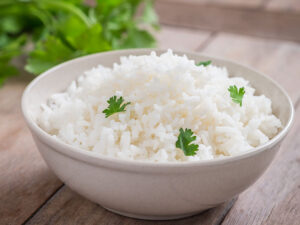

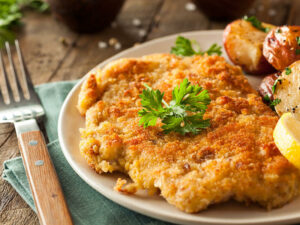
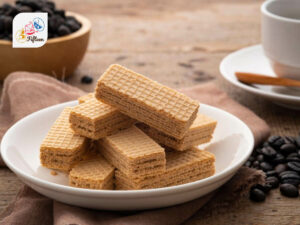

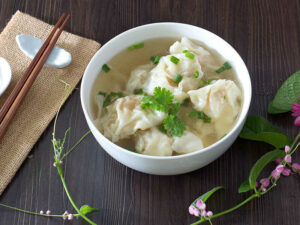
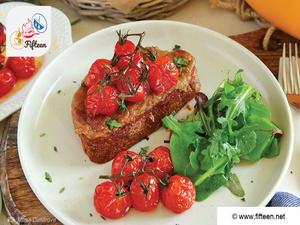
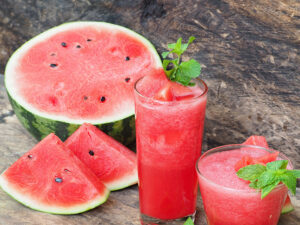
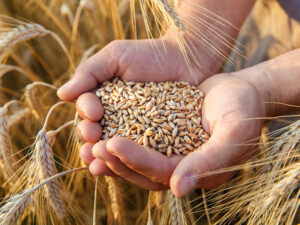
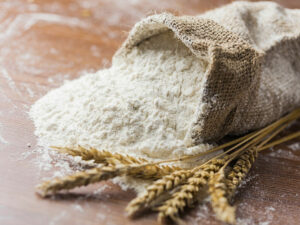
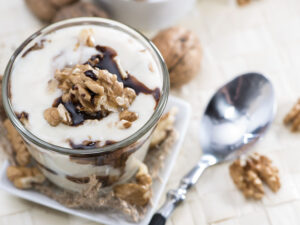
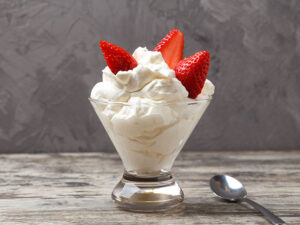
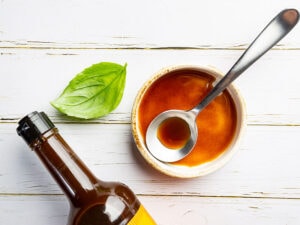
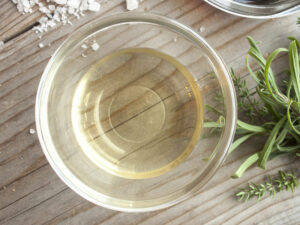
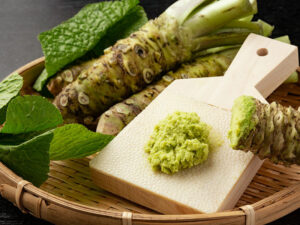
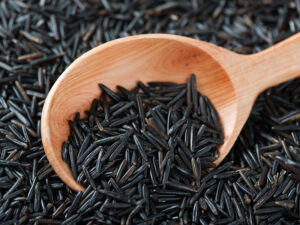
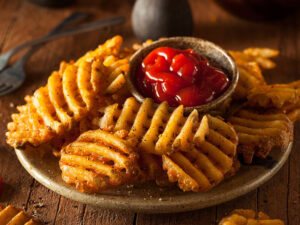
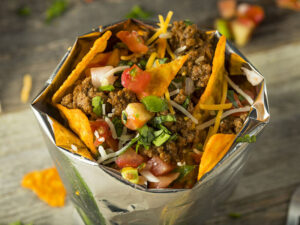
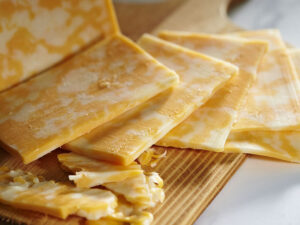
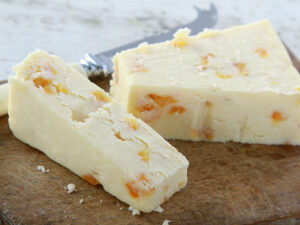
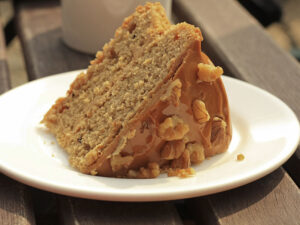


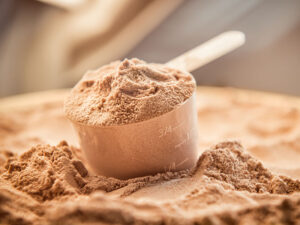
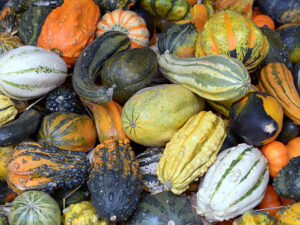
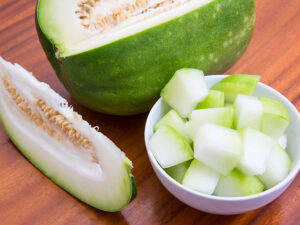
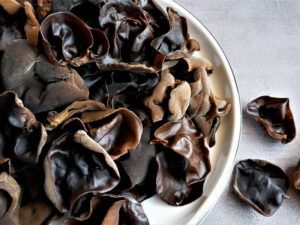
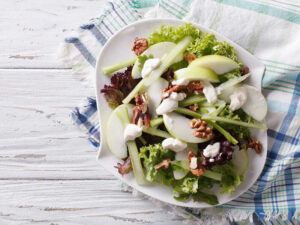
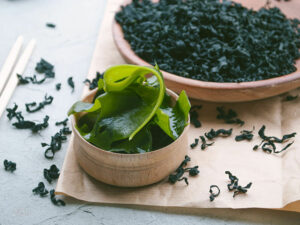
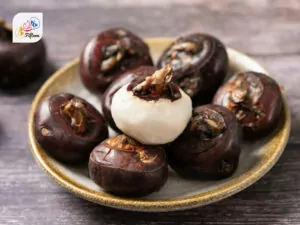
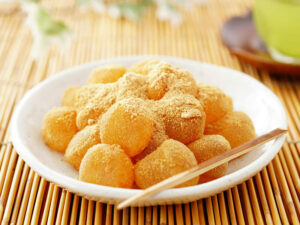
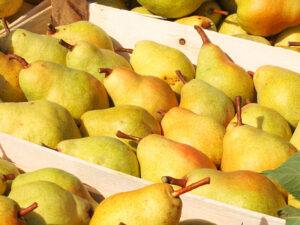
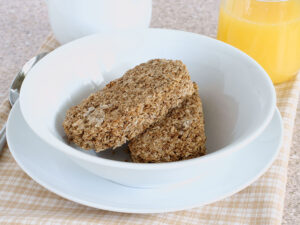
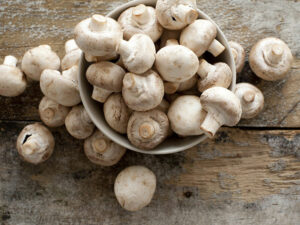
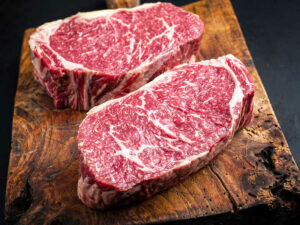
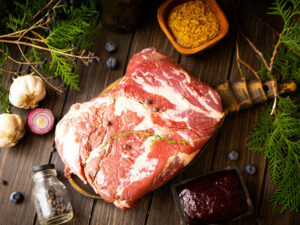
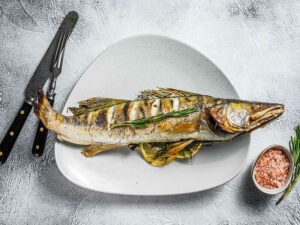
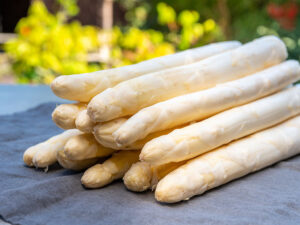
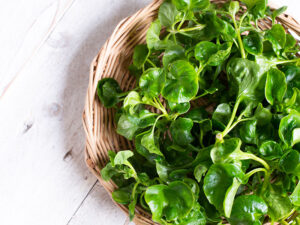
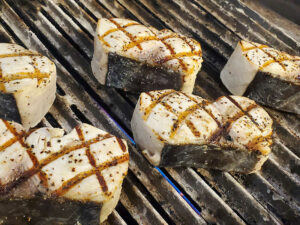
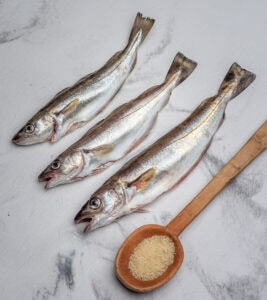
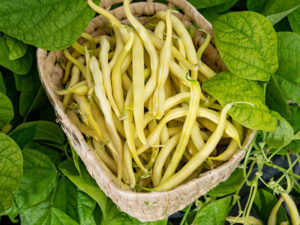
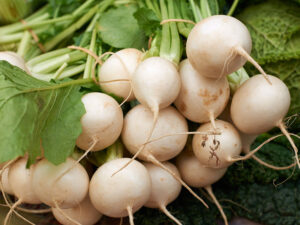
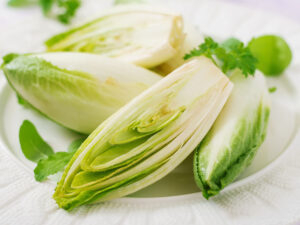
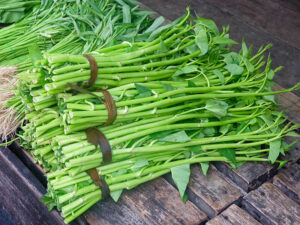
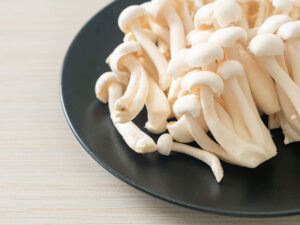
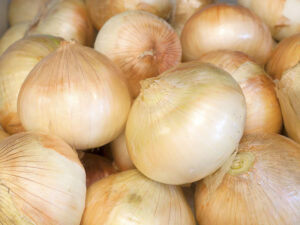
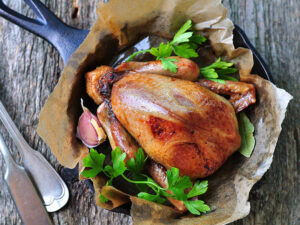
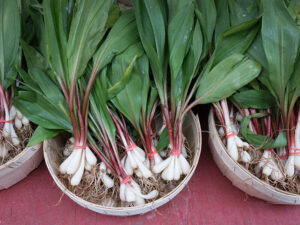
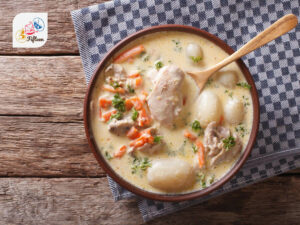
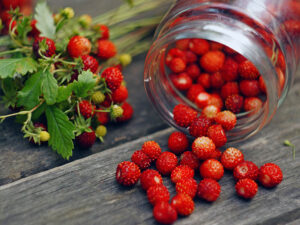
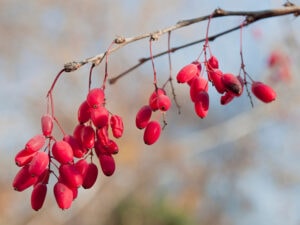
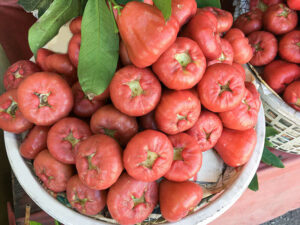
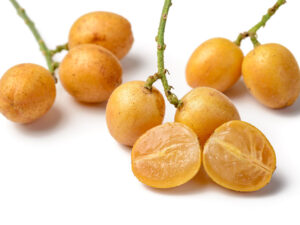


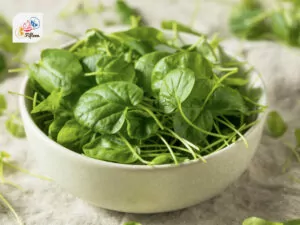
Jamie Scott
Editor in Chief, Senior Content Writer
Expertise
Home Cooking, Meal Planning, Recipe Development, Baking and Pastry, Food Editor, Cooking-video Maker, Western Food Evaluation Expert
Education
Le Cordon Bleu College of Culinary Arts
Local Community College, New York, NY
Jamie Scott is a skilled culinary expert and content creator specializing in Western cuisine. With over 15 years in the culinary field and formal training from Le Cordon Bleu, Paris, Jamie deeply understands how to blend nutrition with delicious flavors. His passion for cooking matches his commitment to making healthy eating accessible and enjoyable.
On Fifteen.net, Jamie brings a fresh perspective to classic dishes and beverages, offering readers insightful recipes, cooking tips, and a fresh view on meal planning that emphasizes taste, health, and simplicity.